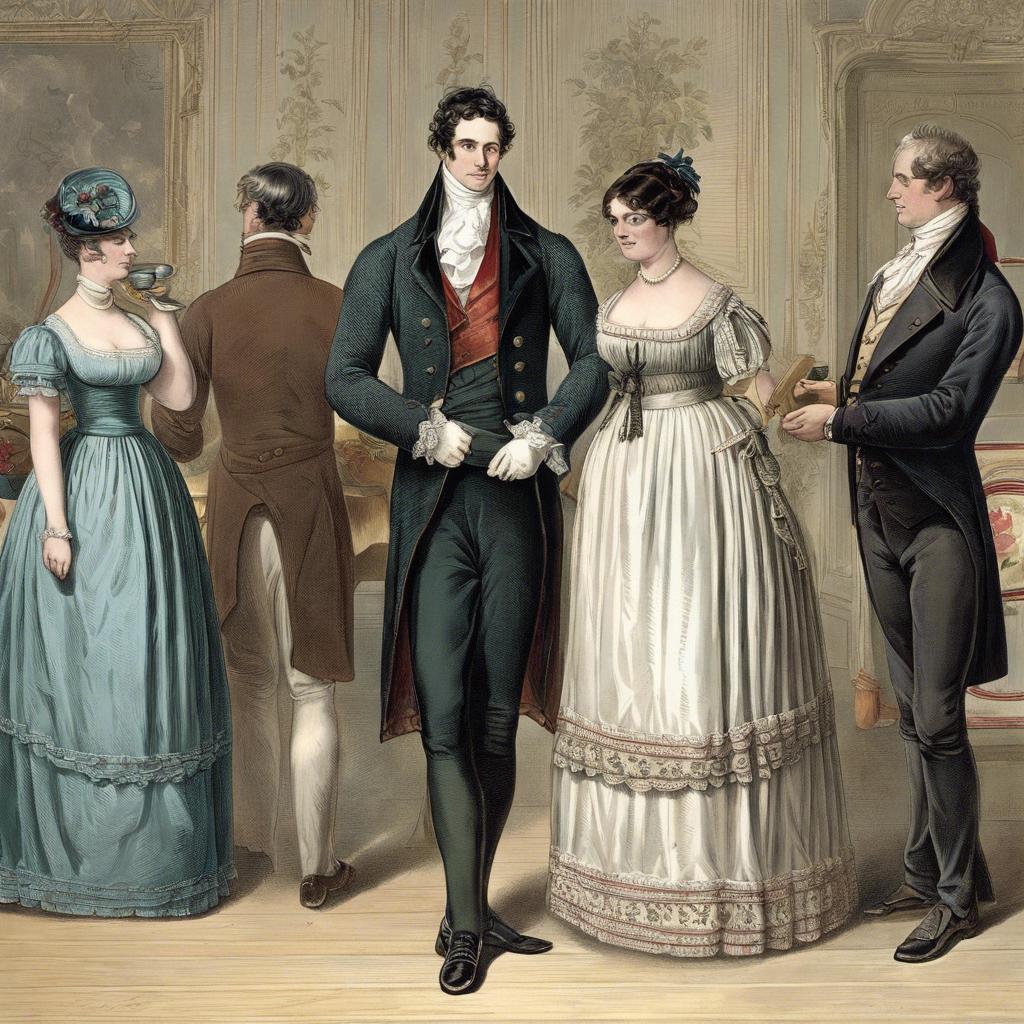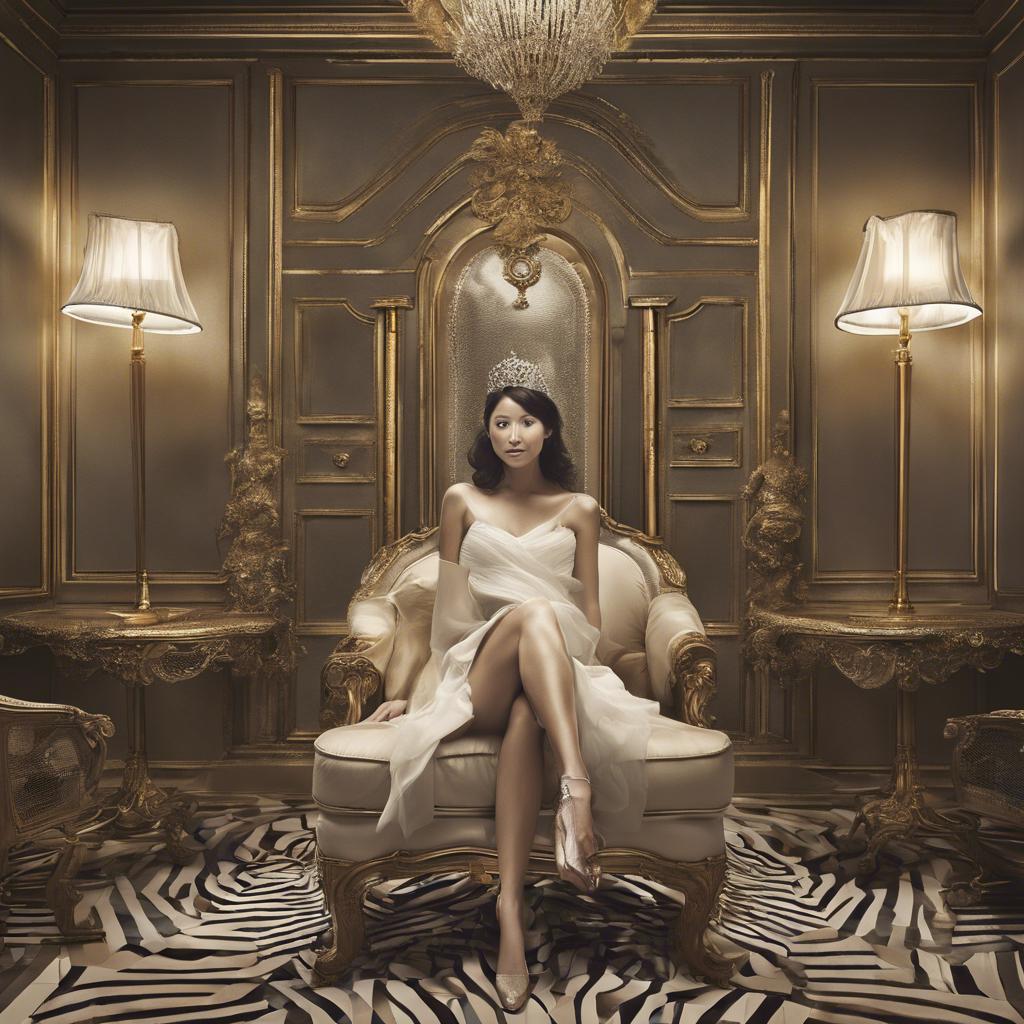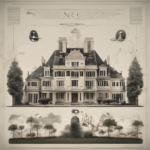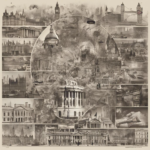During the Regency Era, the upper class society in Britain experienced a period of significant cultural and societal evolution. Marked by the reign of King George IV, this era saw the emergence of a distinctive social class defined by opulence, sophistication, and strict societal hierarchies. From extravagant balls to lavish estates, the Regency Era upper class epitomized a world of privilege and prestige, setting the stage for a new wave of aristocratic influence and power. In this article, we delve into the intricacies of the Regency Era upper class, exploring their customs, values, and impact on the broader society of the time.
Step Into the World of Cheryl Bolen
Dive into the enchanting stories of love, intrigue, and elegance set in the Regency Era. Cheryl Bolen's novels offer timeless romance and captivating tales that will leave you wanting more.
Explore Cheryl Bolen's Books Now
Social Hierarchy and Etiquette in the Regency Era Upper Class
In the Regency Era upper class, social hierarchy and etiquette played a crucial role in defining one’s status and reputation. The aristocracy was at the top of the social pyramid, followed by the gentry, clergy, and professionals. Maintaining proper decorum and adhering to regency era queer”>strict social norms were essential for navigating the complexities of high society.
Social Etiquette
- The strict code of conduct dictated every aspect of one’s behavior, from how one dressed to how one spoke and interacted with others.
- Proper introductions were crucial, with individuals expected to curtsy or bow depending on their gender and social standing.
- Conversation topics were carefully chosen to avoid controversy and maintain a harmonious atmosphere, with discussions on politics and religion typically avoided in polite company.
Dining Etiquette
- Formal dinners were a common social event, with elaborate table settings and multi-course meals served with precision.
- Napkins were to be placed on one’s lap, and cutlery used in the correct order from the outside in.
- It was considered impolite to speak with one’s mouth full or reach across the table for dishes, emphasizing the importance of refined manners at the dining table.
Fashion and Lifestyle of the Wealthy During the Regency Period
The was characterized by elegance, refinement, and sophistication. Upper class individuals during this time period were known for their extravagant clothing, luxurious accessories, and lavish lifestyles.
Fashion:
- Men wore tailcoats, waistcoats, breeches, and top hats.
- Women dressed in empire-waist dresses, gloves, shawls, and bonnets.
- Both men and women favored pastel colors, delicate fabrics, and intricate embroidery.
Lifestyle:
- The wealthy engaged in social events such as balls, tea parties, and dinner parties.
- They lived in grand mansions, surrounded by extensive gardens and elaborate furnishings.
- Horseback riding, carriage rides, and attending the theater were common pastimes for the upper class.
Leisure Activities and Entertainment for the Elite in Regency England
In Regency England, the elite class enjoyed a variety of leisure activities and entertainment that set them apart from the rest of society. For the upper class, social events such as balls, operas, and theater performances were popular ways to see and be seen. These gatherings were not only opportunities for networking and socializing, but also for displaying one’s wealth and status through lavish attire and extravagant displays of wealth.
**Moreover, outdoor activities such as hunting, horseback riding, and carriage races were common pastimes for the elite. These pursuits not only provided entertainment but also allowed the upper class to showcase their skill and prowess in various sporting endeavors. Additionally, leisurely pursuits such as leisurely walks in the park, picnics, and boat rides on the Thames were enjoyed by the elite as ways to relax and enjoy the beauty of the English countryside.**
Table of Popular Leisure Activities in Regency England:
| Activity | Description |
|---|---|
| Balls | Social events where the elite would gather to dance, socialize, and display their wealth and status. |
| Hunting | A popular outdoor pursuit among the upper class, showcasing their hunting skills and camaraderie. |
| Opera | Performances enjoyed by the elite class, showcasing their appreciation for the arts and culture. |
Influential Figures and Society Events in the Upper Class of Regency Era England
In the Regency Era England, the upper class was dominated by influential figures who shaped society events and set the tone for fashion, politics, and culture. One such prominent figure was the Prince Regent, later King George IV, known for his extravagant lifestyle and patronage of the arts. His lavish parties and opulent palace at Brighton were the talk of the town, drawing in the elite of society to see and be seen.
Another key figure in the upper class was the Duke of Wellington, a celebrated military leader who led the British forces to victory against Napoleon at the Battle of Waterloo in 1815. His heroics on the battlefield made him a national hero, and he was a respected figure in both military and social circles. The Duke’s influence extended beyond the battlefield, as he played a key role in shaping political decisions and social events in high society.
Society events in Regency Era England were elaborate affairs, with balls, masquerades, and soirées being held regularly to entertain and impress guests. The social calendar was full of opportunities for the upper class to socialize and network, with invitations to exclusive events being highly sought after. These events were not only a chance for the elite to flaunt their wealth and status but also served as a platform for matchmaking, gossip, and political intrigue in the upper echelons of society.
Wrapping Up
the regency era upper class embodied a luxurious lifestyle filled with opulence, refinement, and societal expectations. Their elegant manners, extravagant fashion, and exclusive social circles defined their status and influence during this period of British history. Through their lavish estates, elaborate balls, and political connections, the regency upper class left a lasting legacy that continues to captivate our imaginations today. The intricate tapestry of their lives serves as a window into a bygone era of sophistication and privilege, offering us insights into the complexities of class, power, and etiquette in regency society. As we reflect on their world, we are reminded that the regency era upper class remains a fascinating embodiment of wealth, tradition, and cultural refinement that continues to enchant and inspire us in the present day.


